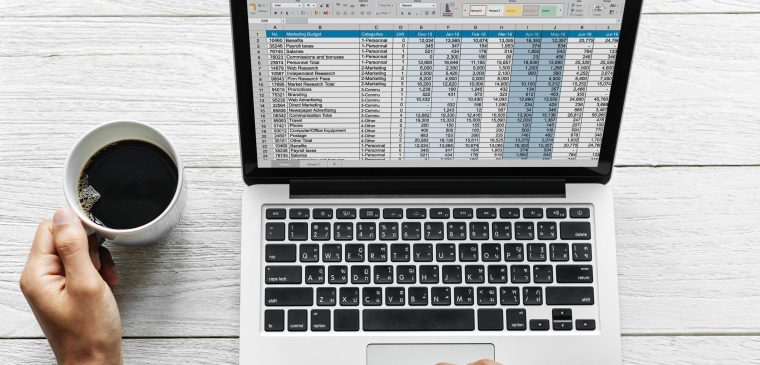
Price Comparison Sites and Copyright – Protecting Your Database
Sharon Givoni Consulting Intellectual Property
Lately, we have had a number of clients approach us and ask about the legality of their online businesses. Particularly in respect to price comparison and directory websites. The question arises whether the use of other company information and things such as logos in comparison tables, charts or compilations is a breach of copyright.
Copyright and databases
Before going any further it is worth noting a few key points.
Firstly, copyright law does not protect facts or information. It can, however, protect databases, tables, forms and
Whether a compilation of information is protected by copyright depends on a few factors. Catalogues, directories and databases may be protected if the creators can be identified and whether or not the creator used intellectual effort and judgement to create something that is expressed with a sufficient degree of originality.
It is permissible to reproduce particular facts from a compilations, however, in an instance where a compilation is protected, you might require permission to reproduce all or a ‘substantial part’ of said compilation.
Is my site breaching the law?
Copyright law protects certain categories of material, including ‘literary works’. Compilations of information, such as pricing or other data expressed in words, figures of symbols fall under the term ‘literary work’.
However, recent Australian case law has highlighted that not every compilation will be afforded copyright protection. So in determining whether or not your online database or price comparison website is breaching copyright, you must first determined whether or not the source of the information used is protected.

What information is protected?
Courts have previously held that collections of words, figures or symbols such as databases, trade catalogues and tables of statistics may be protected by copyright as compilations.
However, in 2009 the High Court of Australia made a decision concerning Channel Nine’s television schedules casting doubt on the extent to
which copyright will subsist in compilations that essentially contain only information.
First, in order for copyright to subsist in the work or compilation, the Copyright Act 1968 requires the work be ‘original’.
The judgment from High Court case notes that, in copyright terms, originality means that the literary work “originated” with the author.
The Court elaborated saying that the amount of skill, labour or expense expended by an author is not necessarily indicative of
In 2010, the Federal Court held in a different case that Telstra’s telephone directories were not protected by copyright. The judge held that where an author or authors of the work cannot be identified, then copyright does not subsist in the work. The judge further added that even if the persons who made a contribution to the directories could be identified, the directories were not considered ‘original’ as those contributors had not exercised “independent intellectual effort” or “sufficient effort of a literary nature” in creating them.
In 2011, Telstra attempted to appeal this decision to the Full Federal Court. The appeal was unsuccessful with the Federal Court upholding the decision that copyright did not subsist in the White and Yellow Pages. The Chief Justice observed that the White and Yellow Pages “were compiled, not by the individuals engaged to facilitate the process, but by a computerised process of storing, selecting, ordering and arranging the data to produce the directories in the form in which they were published.”
Thus it can be inferred that the following broad principles indicate that a compilation may be protected by copyright if:
• the individual or individuals who created the compilation can be identified;
• the creators used sufficient intellectual effort and creativity; and
• the creator’s intellectual effort and creativity is expressed in the resulting compilation.
Each compilation or database is to be considered on a case-by-case basis as to whether it will be protected by copyright.
What does copyright protect?
Owners of copyrighted material have exclusive rights such as the right to reproduce the material, commuicate the material to the public and publish the material (that is to make it public for the first time).
These rights apply to compliations as a whole and to any important, distinctive or essential part of it.
What can I do?
If you plan to make an online database or price comparison website, there are a few things you should do.
First, do not simply copy information from someone else’s website, database or compilation. Apply intellectual effort and creativity in your work.
Attempt to identify the individual or individuals who created the compilation from which you are gathering information from for your own work. Seek permission to use the information and any other materials such as images. Keep in mind things such as logos may also be protected by trade mark law.
Further, if you are worried about whether you may be breaching someones copyright, seek legal assitance. Sharon Givoni Consulting can aid you in all copyright matters.
